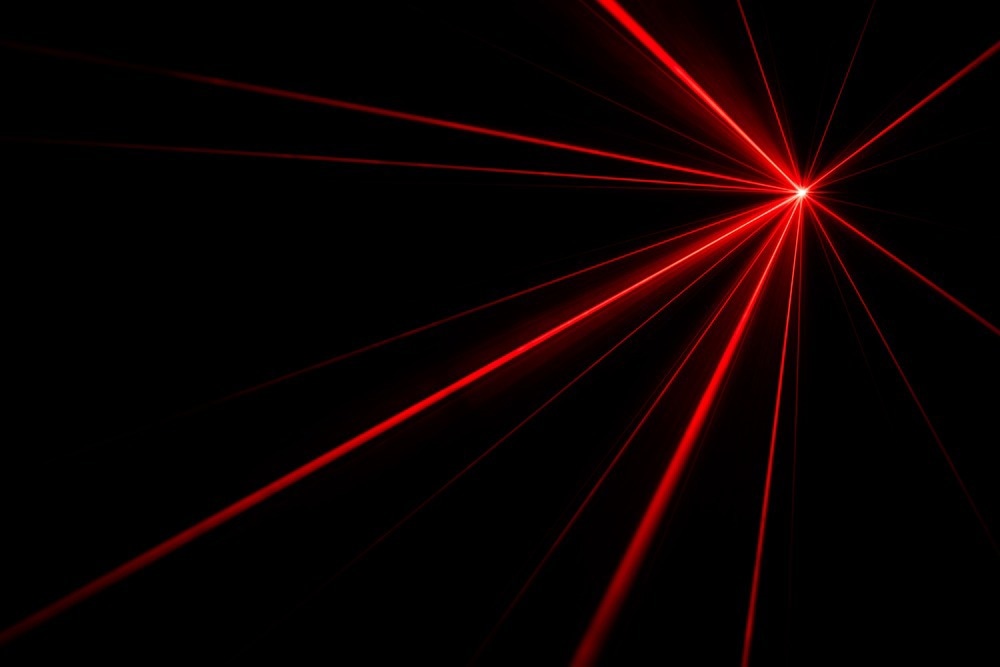Researchers have demonstrated that chip-based optical frequency combs with sufficient output power for optical atomic clocks and other practical applications can be made using dissipative Kerr solitons (DKSs). The development could result in instruments built on chips that can perform precision measurements previously only achievable in a few specialist laboratories.

Image Credit: donatas1205/Shutterstock.com
This study will be presented by Grégory Moille from the Joint Quantum Institute, NIST/University of Maryland, at Frontiers in Optics + Laser Science (FiO LS), which will take place from October 9–12th, 2023, at the Greater Tacoma Convention Center in Tacoma, Washington (Greater Seattle Area).
Frequency combs are ubiquitous in metrology–just like a ruler measures length, they let us measure optical frequency with great precision. Making them on chip helps us reduce greatly their power consumption, but also reduces the power in each comb tooth. This makes it hard to interface on-chip combs with other system like atomic frequency standards. We show that by simply carefully injecting another weak laser in the comb device, it lets us tune the system and therefore optimize the power in several comb teeth power by more than an order of magnitude.
Grégory Moille, Assistant Research Scientist, NIST/University of Maryland
A constant stream of brief, tightly spaced light pulses emitting a myriad of colors from optical frequency combs could be used to measure light waves as if they were radio waves. This makes it possible to link devices that operate at frequencies 10,000 times higher than those of electronics, such as atomic clocks, computers, and communications.
Recent work has focused on developing optical frequency combs utilizing small, chip-scale microresonators based on DKSs, as opposed to conventional optical frequency combs produced using mode-locked lasers that are often restricted to high-end scientific laboratories.
DKSs are light packets that depend on a dual balance of gain and dissipation as well as nonlinearity and dispersion. DKS-based combs provide insufficient output power despite having very low energy consumption.
The newly suggested Kerr-induced synchronization of Kerr solitons to an external stable laser reference is used by the researchers in their latest study to create optical frequency combs with increased power. As a result, there is a noticeable increase in power on the reference laser’s opposite side of the comb spectrum.
The researchers show that an external reference pump at 193 THz enables the repetition rate adjustment of an octave-spanning comb, both theoretically and empirically. This makes it possible to adjust the comb tooth’s phase-matching condition at the dispersive wave in a way that maximizes its power.
They exhibit a more than 15-fold power boost at the 388 THz comb tooth along with a self-balancing effect that is directly connected to the core robustness property of the DKS.
“We are just scratching the surface of what optimization can be performed. We have not reached the power limit of this optimization and hope to reach power level compatible with interfacing our comb directly with other systems,” Moille added.